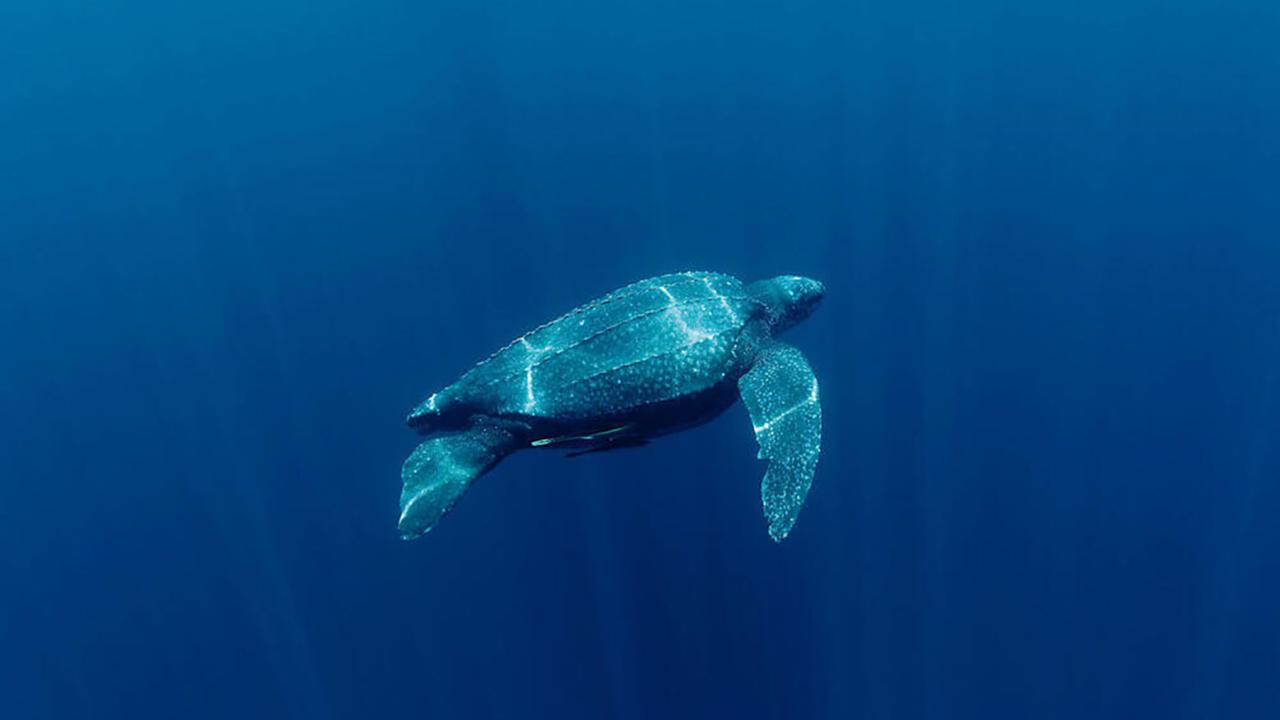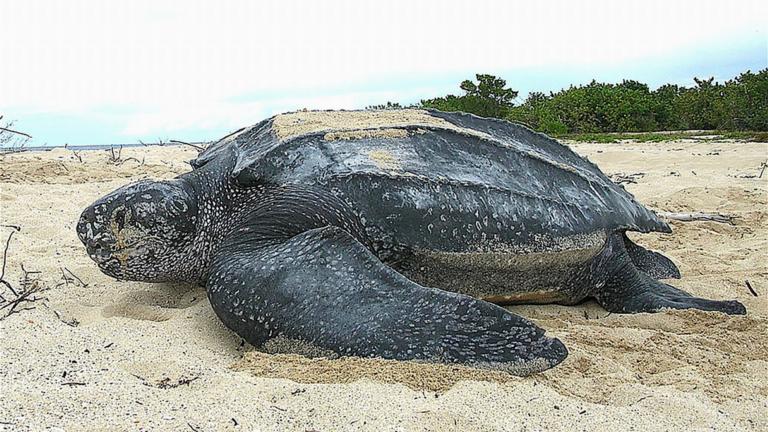
I study the management, habitat use, and population structure of leatherback turtles in Indonesia.
Keywords
Turtles, Habitat use, Population Structure, Genetic Divergence, Management
Projectdescription
Indonesia is home to the endangered leatherback sea turtle. The known threats are egg poaching, pollution, incidental catches, illegal trade, and habitat degradation. The Indonesian government flags sea turtles as a high conservation priority, yet conservation programs are implemented limitedly.
Developing an effective and well-founded conservation program is hampered by the incomplete and disparate knowledge of basic sea turtle ecology, such as distribution, population demographics, migration patterns, and habitat use in Indonesia. The overarching aim of this project is to provide a solid ecological foundation upon which to base a sound management strategy for leatherback sea turtles in Indonesia. In order to meet the aim, the specific objectives are to; • Review the current regulations and management strategies for the conservation of sea turtles in Indonesia. • Identify nesting and foraging sites of leatherback turtles in Indonesia, based on sighting data and ecological niche modelling. • Identify and map current and future (anthropogenic) threats to leatherback turtle habitats. • Estimate trends of key nesting populations in Sumatra • Estimate the number of local breeding populations and the connectivity among populations within Indonesia. • Based on the acquired data, identify Regional Management Units for leatherback turtles in Indonesia. We will apply approaches in ecology, such as ecological niche modelling and stable isotope analyses, together with state-of-the-art approaches in genomics in an extensive research effort on leatherbacks in Indonesia. The coordinated integration of ecological and genetic data will enable us to provide a rigorous understanding of the status of the leatherback turtle populations in Indonesia.


Keypublications
- Devi NA, Eprilurahman R, Yudha DS, Raharjo S, As-Singkily M, Gunalen D, Arida E, 2021. Genetic diversity and species identity of the critically endangered Rote Island snake-necked turtle, Chelodina mccordi Rhodin, 1994. IOP Conf. Series: Earth and Environmental Science, 948, 012001. https://doi:10.1088/1755-1315/948/1/012001
- Latifiana K, Hartono, Danoedoro P, As-Singkily M, Cahyana AN, 2018. Spatial habitat suitability modeling of the roti snake-necked turtle (Chelodina mccordi) based on Landsat-8 imagery and GIS. 2018 4th International Conference on Science and Technology (ICST), Yogyakarta, Indonesia, pp. 1-6., https://doi: 10.1109/ICSTC.2018.8528282.
- Maslim, Farajallah A, Zamani NP, 2016. Leatherback turtle (Dermochelys coriacea) populations in Sumatra: genetic diversity and connectivity pattern. AACL Bioflux, 9 (2), 276-283.